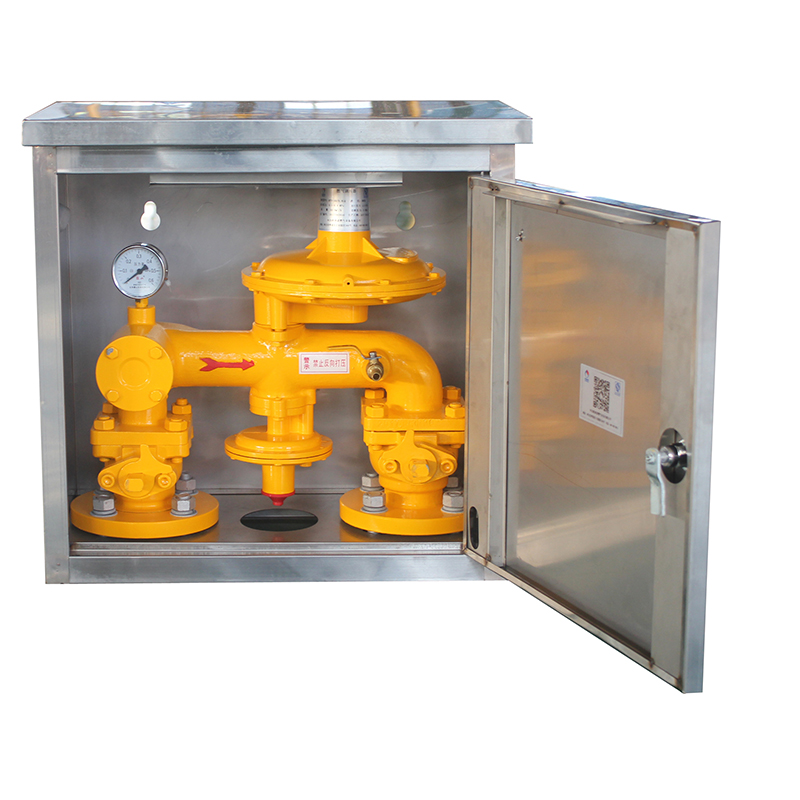
12 月 . 04, 2024 09:06
Back to list
lpg equipment
Understanding LPG Equipment An Essential Guide
Liquefied Petroleum Gas (LPG) is a versatile energy source that is widely used for heating, cooking, and fueling vehicles. As industries and households increasingly adopt LPG for its efficiency and cleaner-burning properties, the demand for LPG equipment has surged. Understanding the various types of LPG equipment, their uses, and safety measures is crucial for both consumers and businesses.
What is LPG Equipment?
LPG equipment refers to the various tools and appliances designed to store, transport, and utilize liquefied petroleum gas. This equipment includes LPG storage tanks, regulators, hoses, burners, valves, and meters. Each component plays a vital role in ensuring efficient gas utilization and safety in handling LPG.
Types of LPG Equipment
1. Storage Tanks These are used to store LPG in a liquid state under pressure. They come in different sizes, ranging from small cylinders for domestic use to large tanks for commercial and industrial applications. Regular inspections are essential to ensure the integrity and safety of these tanks.
2. Regulators LPG regulators control the flow and pressure of gas from the storage tank to the appliances. They ensure that the gas is delivered at a consistent pressure, which is vital for the safe operation of equipment.
3. Hoses and Fittings LPG hoses are designed to safely transport gas from the storage tank to the appliance. They must be durable and resistant to corrosion and degradation. Proper fittings and connectors are also essential for preventing leaks.
4. Burners These are crucial for applications such as cooking and heating. LPG burners are available in various designs and capacities, tailored for different needs, from residential kitchens to large-scale industrial cooking.
5. Meters LPG meters measure the amount of gas consumed by appliances. Accurate measurement is important for billing purposes and for monitoring consumption trends.
Applications of LPG Equipment
LPG equipment serves multiple purposes across different sectors
lpg equipment

- Residential Use LPG is popular in homes for cooking, heating, and water heating. Appliances such as gas stoves, ovens, and water heaters are designed for efficiency and safety.
- Commercial Use Restaurants and hotels utilize LPG equipment for cooking and heating. The ability to provide consistent heat makes LPG a preferred choice in the food service industry.
- Industrial Use Industries use LPG for a variety of applications, including powering machinery and heating processes. Its clean-burning properties make it an environmentally friendly choice compared to other fossil fuels.
Safety Considerations
Safety is paramount when using LPG equipment. Here are some essential safety measures
- Regular Maintenance Conduct regular inspections of tanks, hoses, and appliances to detect any wear and tear that could lead to leaks.
- Ventilation Ensure proper ventilation in areas where LPG is used to prevent the buildup of gas, which could pose a fire hazard.
- Leak Detection Install leak detection systems, and use gas detectors to alert users to any gas leaks. A strong smell of gas (usually added for safety) should prompt immediate action, such as evacuating the area and contacting emergency services.
- Training Proper training for personnel handling LPG equipment is crucial for safety. Understanding how to operate and maintain equipment reduces the risk of accidents.
Conclusion
LPG equipment plays a critical role in providing an efficient and cleaner energy source for various applications. As the demand for LPG continues to grow, understanding the types of equipment available, their applications, and safety protocols is essential for users and operators alike. By adhering to safety measures and ensuring regular maintenance, consumers can enjoy the numerous benefits LPG offers while minimizing risks.
Next:
Latest news
-
Unlocking The Quality Gas Pressure ReducersNewsNov.01,2024
-
The Role of Gas Pressure Reducing StationsNewsNov.01,2024
-
The Importance and Functionality of Safety Relief ValvesNewsNov.01,2024
-
The Essential Role of Safety Valves in Natural Gas ApplicationsNewsNov.01,2024
-
The Essential Role of Gas Pressure RegulatorsNewsNov.01,2024
-
Enhance Your Premium Gas FiltersNewsNov.01,2024

